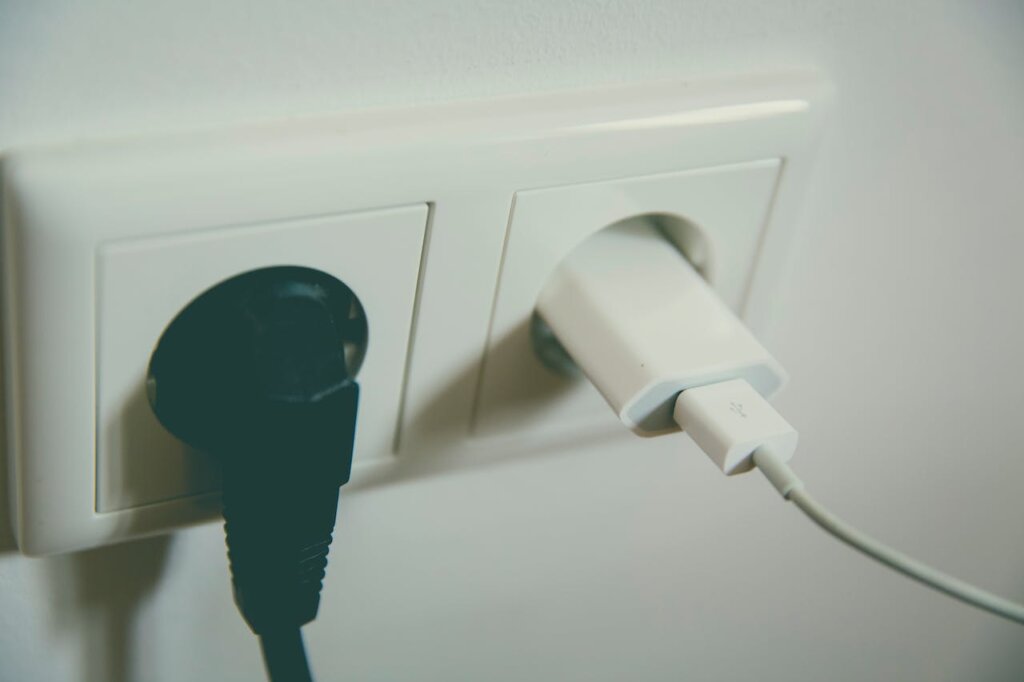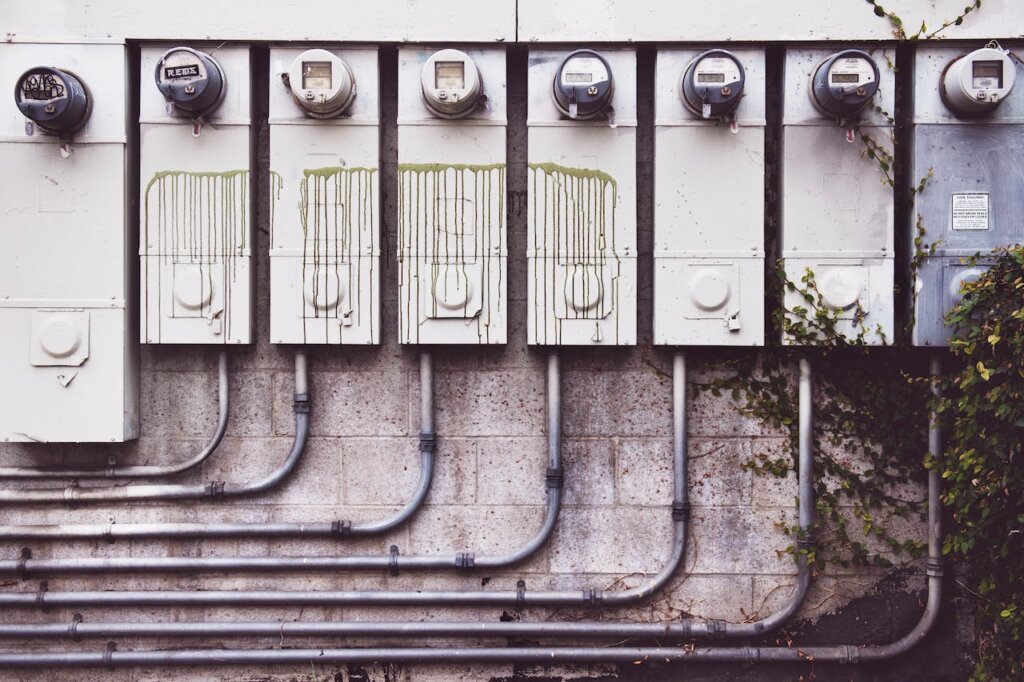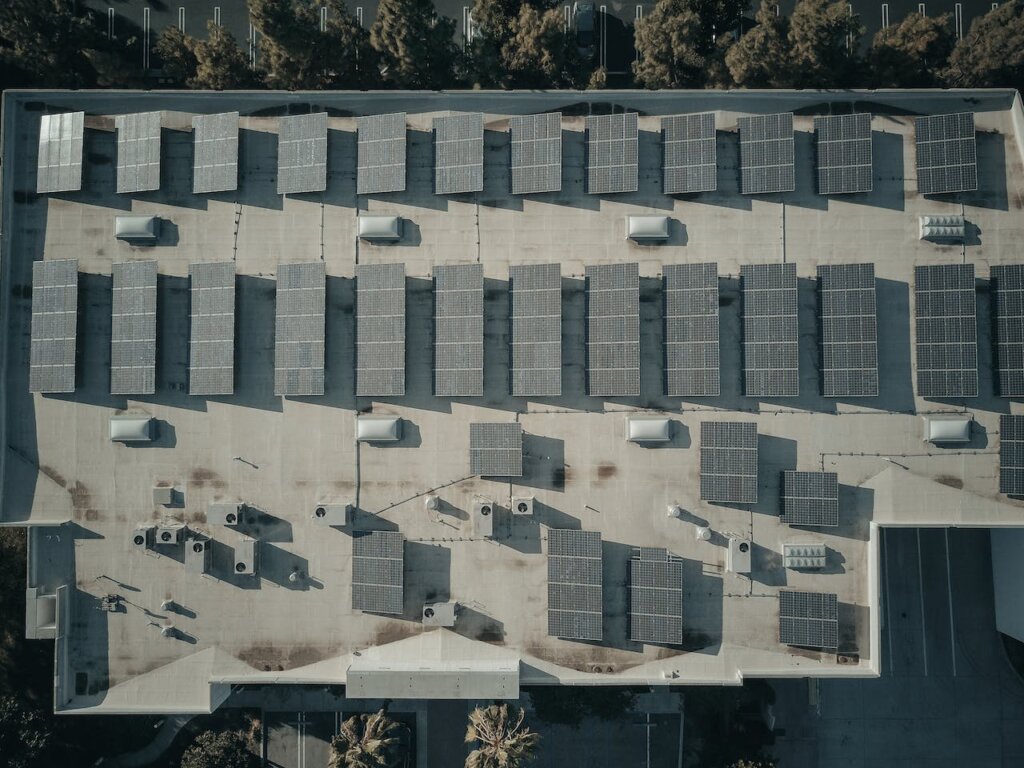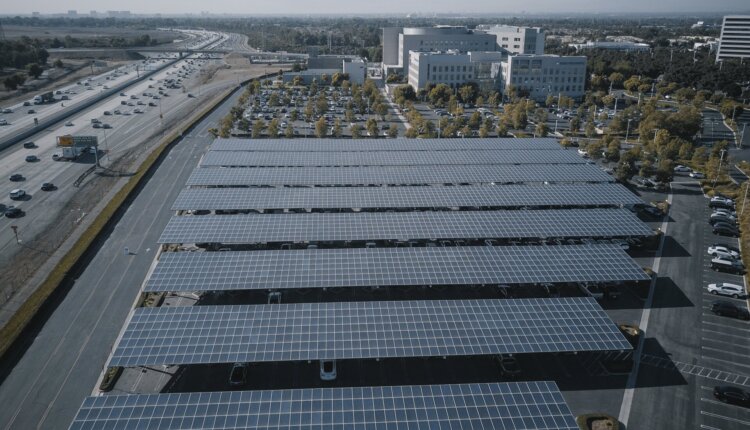Zero energy homes are the pioneer concept in the realm of sustainable living, promising a future where residential structures generate as much energy as they consume, effectively zeroing out their energy footprint.
These innovative zero energy homes have garnered considerable attention due to their potential to combat climate change, reduce utility bills, and create self-sufficient living spaces. From their design principles to their environmental impact and technological advancements, exploring the world of zero energy homes unveils a vision of sustainable living that is both promising and transformative.
Understanding Zero Energy Homes
At its core, a zero energy home aims to achieve a balance between energy consumption and energy production. This equilibrium is achieved through a combination of energy-efficient construction, renewable energy generation, and cutting-edge technology. The fundamental concept revolves around minimizing energy demands through efficient insulation, advanced HVAC systems, energy-efficient appliances, and smart design.

Design and Construction Principles
The design of zero energy homes incorporates various architectural strategies that significantly reduce energy consumption. This includes optimizing orientation to leverage natural light and heat, utilizing high-performance insulation and windows, and implementing passive heating and cooling techniques. Additionally, these homes often integrate sustainable building materials to minimize environmental impact during construction.
Energy Generation Technologies
Renewable energy sources play a pivotal role in the functionality of zero energy homes. Solar panels are the most common method employed to harness energy from the sun. These photovoltaic systems convert sunlight into electricity, allowing homeowners to generate their power and even feed excess energy back into the grid. Other renewable sources like wind and geothermal energy are also being explored as complementary energy-generating solutions.
Advantages and Challenges
The benefits of zero energy homes are manifold. They reduce reliance on fossil fuels, lower utility bills, increase property value, and contribute significantly to reducing carbon footprints. Moreover, these homes promote energy independence, especially when combined with energy storage solutions such as batteries.
However, challenges persist. The initial cost of implementing zero energy features can be substantial, deterring widespread adoption. Additionally, variable weather conditions and geographic location can affect the efficiency of renewable energy sources, impacting the home’s ability to achieve zero net energy.
Technological Innovations
The rapid advancement of technology plays a crucial role in the evolution of zero energy homes. Smart home systems enable residents to monitor and optimize energy usage through automated controls, enhancing overall efficiency. Energy-efficient appliances and systems continue to undergo innovations, further reducing energy demands within these homes.
The Future of Zero Energy Homes
As technology progresses and awareness of environmental issues grows, the future of zero energy homes looks promising. Advancements in materials, construction techniques, and renewable energy technologies are expected to drive down costs and improve efficiency, making these homes more accessible to a broader population.

Case Studies and Success Stories
Examining real-world examples of zero energy homes showcases their feasibility and success. Projects across the globe, from single-family dwellings to multi-unit buildings, demonstrate the practical implementation of zero energy principles and their positive impact on both the environment and homeowners’ lives.
Creating a zero energy home involves a multifaceted approach that integrates various design, construction, and technology elements to achieve a balance between energy consumption and energy production.
Here’s a step-by-step guide to the key components of building a zero energy home:
1. Design and Planning:
- Site Selection and Orientation: Choose a location with optimal sun exposure for solar panels and passive heating. Orient the home to maximize natural light and minimize heat gain or loss also to optimize ventilation and wind turbines.
- Energy Efficient Design: Emphasize a compact, well-insulated structure with minimal air leakage. Utilize high-performance windows, insulation, and thermal mass materials to regulate temperature.
- Passive Heating and Cooling: Employ strategies like natural ventilation, shading, and thermal mass to reduce reliance on heating and cooling systems.
- Natural ventilation techniques enhance indoor air quality and regulate temperature without relying on mechanical systems. Here are several effective methods for incorporating natural ventilation into homes:
- Cross-Ventilation:
- Designing homes with openings, such as windows or vents, on opposite sides to allow for airflow across the space.
- This technique capitalizes on prevailing winds and temperature differentials between the inside and outside to facilitate air movement.
- Operable Windows and Doors:
- Installing windows and doors that can be opened and adjusted to control the flow of air.
- Casement windows, louvers, or sliding doors provide options for adjusting ventilation according to airflow needs.
- Atriums and Courtyards:
- Incorporating atriums or courtyards within the home’s design to create open spaces that encourage natural airflow.
- These central open areas allow air to circulate throughout the house, promoting ventilation and cooling.
- Stack Ventilation or Chimney Effect:
- Utilizing the principle of hot air rising to create a natural flow of air.
- Hot air escapes through high windows or vents while cooler air enters from lower openings, promoting air circulation.
- Ventilation Strategies for Different Climates:
- In warmer climates, using shading elements like overhangs or vegetation to block direct sunlight while allowing airflow.
- In cooler climates, optimizing window placement and size to capture solar heat during the day and using thermal mass materials to retain heat at night.
- Roof Ventilation:
- Installing roof vents or vents at the peak of the roof to facilitate the release of hot air and promote air circulation.
- This can prevent heat buildup in the attic, reducing the overall temperature of the house.
- Operable Skylights or Clerestory Windows:
- Adding skylights or windows at the top of the house allows warm air to escape, drawing in cooler air from lower openings.
- This method helps in creating a chimney effect for effective natural ventilation.
- Natural Ventilation Design Considerations:
- Properly sizing openings for effective airflow without compromising security or privacy.
- Using insect screens to prevent unwanted pests from entering the house through open windows or vents.
- Balancing ventilation needs with insulation and airtightness to maintain energy efficiency.
- Building Design for Ventilation Efficiency:
- Collaborating with architects and designers to integrate natural ventilation principles into the home’s design from the initial planning stages.
- Monitoring and Adaptation:
- Regularly assessing and adjusting ventilation strategies based on changing weather conditions and seasonal variations to optimize indoor comfort.
- Integrating these natural ventilation techniques into home design helps promote healthier indoor air quality, enhances comfort, and reduces reliance on mechanical cooling and heating systems.

2. Energy-Efficient Features:
- Appliances and Lighting: Install energy-efficient appliances and LED lighting to minimize electricity consumption.
- HVAC Systems: Use highly efficient heating, ventilation, and air conditioning systems, including heat pumps and geothermal systems, to reduce energy needs for climate control.
3. Renewable Energy Generation:
- Solar Panels: Install photovoltaic (PV) solar panels on the roof or in the yard to harness solar energy for electricity production.
- Other Renewable Sources: Consider wind turbines, geothermal systems, or small-scale hydropower based on site feasibility.
4. Energy Monitoring and Management:
- Smart Home Technology: Implement smart thermostats, energy monitors, and automated controls to optimize energy usage and manage electricity consumption.
- Energy Monitoring and Control: Smart home systems enable real-time monitoring of energy consumption through connected devices like smart meters, allowing homeowners to track energy usage patterns and identify areas of inefficiency. Users can remotely control appliances and devices, turning them on or off as needed to minimize standby power and reduce unnecessary energy consumption.
- Automated Energy Management: These systems utilize intelligent algorithms and machine learning to automate energy consumption based on preset preferences, occupancy patterns, or even external factors like weather forecasts. Smart thermostats, for instance, adjust heating or cooling based on occupancy, optimizing energy use without compromising comfort.
- Energy-Efficient Appliances and Devices: Smart home ecosystems support the use of energy-efficient appliances and devices. They enable scheduling and optimization of usage patterns, minimizing energy consumption during peak times and leveraging off-peak hours for energy-intensive tasks like laundry or dishwashing.
- Adaptive and Learning Capabilities: Some smart home systems learn user behaviors over time, adapting schedules and settings to maximize energy efficiency. For instance, lighting systems can adjust brightness or turn off when not needed based on learned patterns of activity.
- Data Analytics and Insights: Smart home systems provide valuable insights into energy consumption patterns through data analytics. Users can access detailed reports and recommendations to further refine energy-saving strategies and make informed decisions.
- Smart home technology empowers homeowners to make informed decisions about energy usage, reducing waste, and optimizing consumption. By leveraging automation, data analytics, and intelligent devices, these systems play a pivotal role in promoting energy preservation and sustainability within households.
- Energy Storage: Include battery systems to store excess energy generated by renewable sources for use during periods of low production or high demand.

5. Sustainable Building Materials and Techniques:
- Recycled and Eco-Friendly Materials: Choose materials with low embodied energy, such as recycled steel, bamboo, or reclaimed wood, to minimize the environmental impact of construction.
- Water Efficiency: Incorporate water-saving fixtures and systems to reduce overall water consumption.
- Water efficiency encompasses a range of practices and technologies aimed at reducing water consumption while maintaining functionality and comfort. It involves a multi-faceted approach to minimize wastage and preserve water resources across various sectors.
- Efficient irrigation methods, such as drip irrigation and weather-based controllers, are integral for smart landscape management. Pairing these methods with drought-resistant plants and native landscaping minimizes water requirements for outdoor spaces.
- The collection of rainwater from roofs for non-potable uses like landscape irrigation, and the treatment and reuse of greywater from sinks, showers, or laundry for flushing toilets or irrigation, exemplifies the use of alternative water sources.
- Constructing or renovating buildings with water-efficient fixtures and incorporating rainwater capture systems further promotes water conservation. Education about water-saving practices is pivotal, encouraging individuals to adopt habits like shorter showers and running dishwashers or washing machines with full loads.
- Regular monitoring of water usage and prompt addressing of inefficiencies are essential. Compliance with water efficiency regulations and certifications ensures adherence to standards, fostering responsible water usage in construction, plumbing, and landscaping.
- Industries and commercial sectors can implement water-saving technologies and recycling practices to curtail water consumption and waste. Embracing technological advancements in water-efficient appliances, fixtures, and systems further enhances conservation efforts.
6. Collaborate with Professionals:
- Work with architects, engineers, and contractors experienced in zero energy homes design and construction to ensure the integration of energy-efficient features from the planning phase to completion.
7. Testing and Certification:
- Conduct energy modeling and performance testing throughout the building process to verify the home’s energy efficiency and adherence to zero energy homes standards.
- Seek certification from organizations like the Passive House Institute or LEED for Homes to validate the home’s sustainability and energy efficiency.
8. Education and Maintenance:
- Educate occupants about the zero energy homes features and how to maximize their benefits.
- Regularly maintain systems and equipment to ensure optimal performance and energy efficiency.

